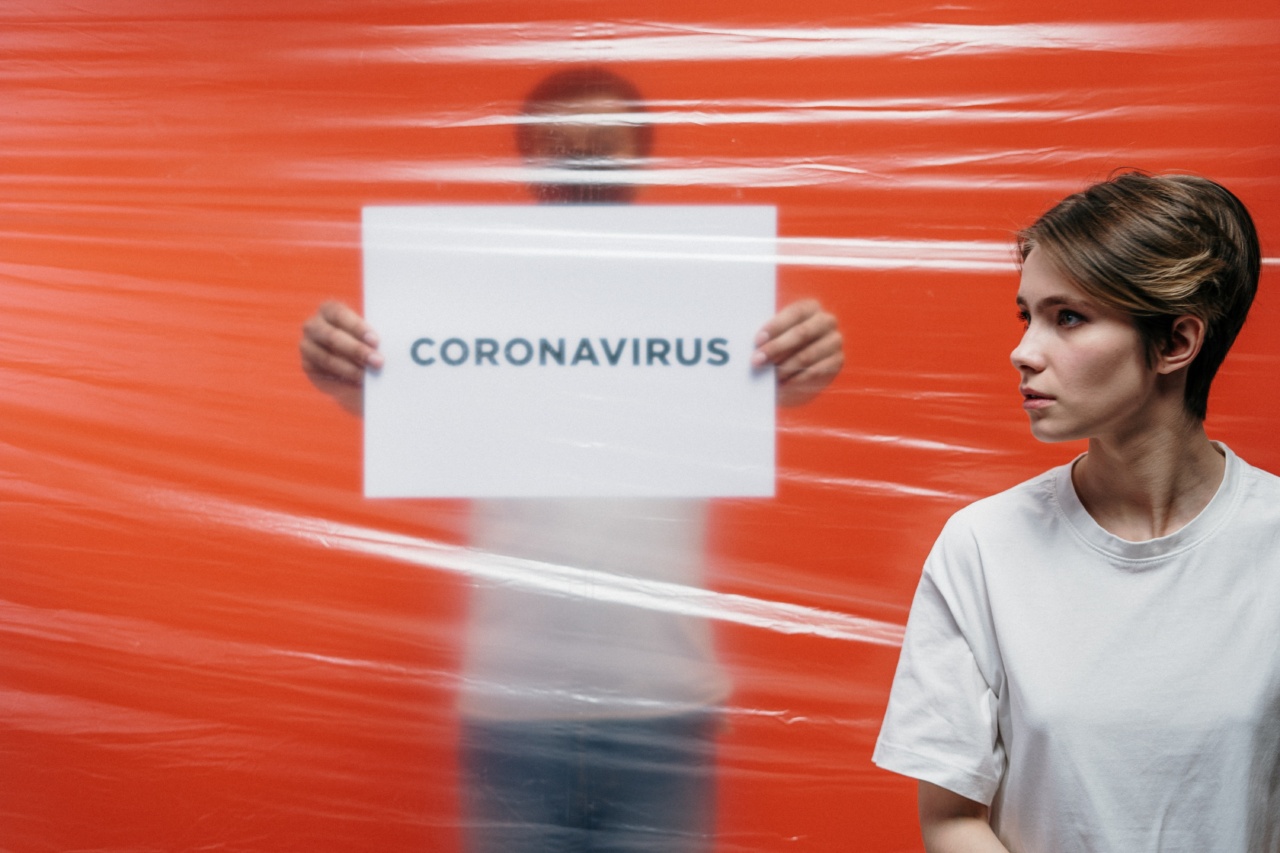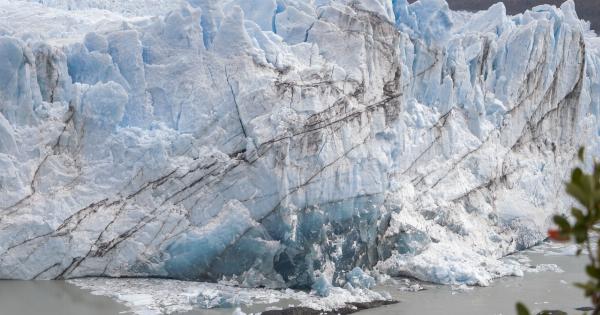Glaciers are melting at an alarming rate around the world, thanks to global warming and other environmental factors. As the glaciers recede, they are revealing a hidden world of harmful bacteria and viruses that were previously locked away.
This emerging threat has serious implications for human health and the environment.
The Impact of Global Warming on Glaciers
Global warming, primarily caused by human activities such as burning fossil fuels, has been increasing the Earth’s average temperature. This rise in temperature has resulted in the accelerated melting of glaciers.
It is estimated that glaciers have lost more than 9,000 billion tons of ice since 1961, and the rate of loss has been increasing over the past decade.
Unveiling a Hidden World
For centuries, glaciers have acted as massive storage units, locking away ancient viruses, bacteria, and other microorganisms. The freezing temperatures and lack of nutrients make it difficult for these organisms to survive.
However, as the ice melts, it provides a favorable environment for these dormant microorganisms to become active.
The Threat of Ancient Pathogens
Scientists have already discovered several ancient viruses and bacteria in ice cores from glaciers. These microorganisms are remarkably well-preserved due to the freezing conditions.
The concern is that some of these pathogens could still be infectious and pose a threat to human and animal populations.
Potential Health Risks
As the ice melts, the pathogens can enter water bodies and potentially contaminate drinking water supplies. This could lead to outbreaks of diseases that were previously eradicated or never encountered before.
Additionally, as glaciers are often located near human settlements or vital ecosystems, the risk of exposure increases.
Climate Change and Disease Spread
Climate change, driven by global warming, is altering the distribution patterns of many species, including disease vectors. Mosquitoes, for example, thrive in warmer temperatures and are vectors for diseases like malaria, dengue fever, and Zika virus.
As glaciers melt and create new breeding grounds for mosquitoes, the risk of disease transmission increases.
The Role of Black Carbon
Black carbon, often referred to as soot, is a byproduct of incomplete combustion of fossil fuels, biomass burning, and other processes. It contributes significantly to global warming and accelerates glacier melting.
Research has shown that black carbon can also carry bacteria and viruses, further enhancing the potential for disease emergence.
Environmental Consequences
The release of harmful bacteria and viruses from melting glaciers not only poses a threat to human health but also to the environment. These microorganisms could potentially disrupt vulnerable ecosystems and impact biodiversity.
The delicate balance of ecosystems could be disrupted, leading to cascading effects throughout the food chain.
Preventing Disease Outbreaks
Addressing the threats posed by melting glaciers requires a multi-faceted approach. Efforts should be made to reduce greenhouse gas emissions and mitigate climate change.
Additionally, monitoring and surveillance systems should be strengthened to detect and respond to potential disease outbreaks. Measures such as water treatment and sanitation should be improved to prevent the contamination of drinking water supplies.
Conclusion
The melting of glaciers due to global warming is unveiling a hidden world of harmful bacteria and viruses. These ancient pathogens pose significant health risks to human and animal populations, as well as environmental consequences.
Addressing this emerging threat requires a combination of efforts to mitigate climate change and implement proactive measures to prevent disease outbreaks. Protecting our glaciers and the ecosystems they support is crucial for the well-being of our planet and future generations.






























